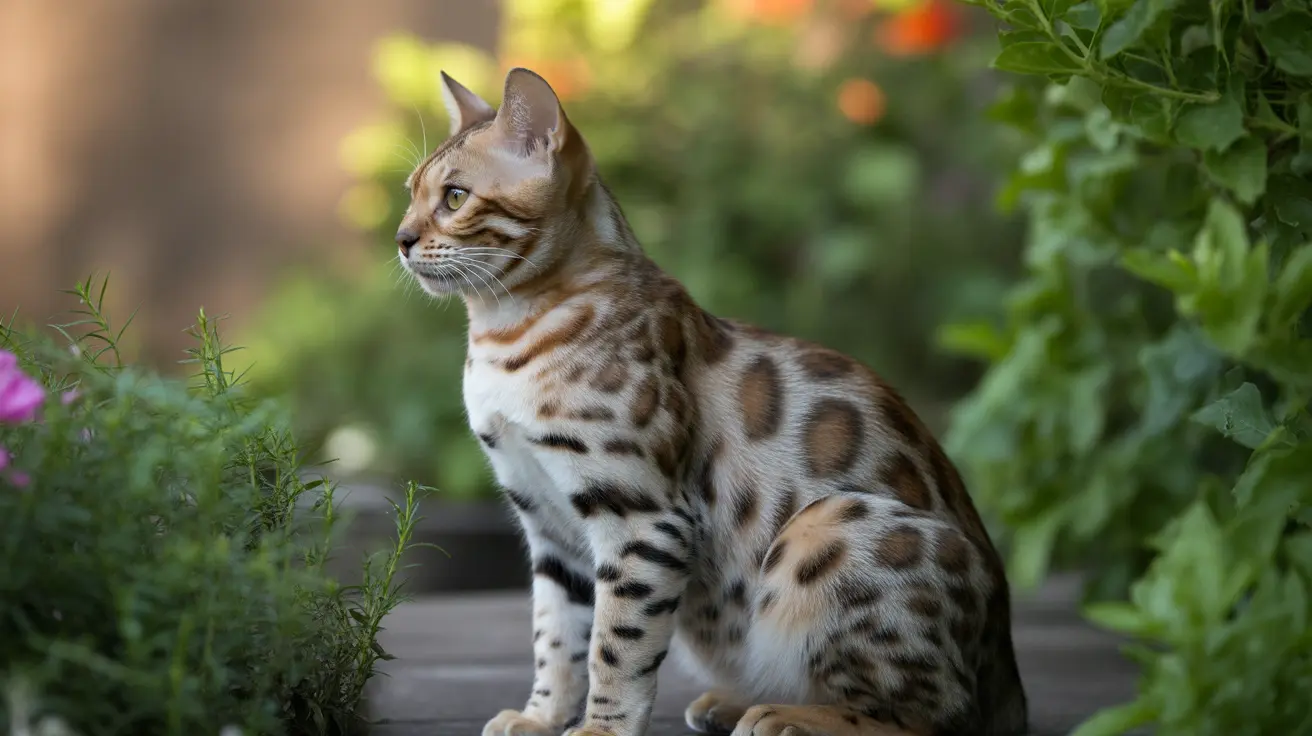Understanding Male Cat Reproductive Anatomy
Male cats, also known as tomcats, do indeed have testicles ("balls"). These important reproductive organs are located just below the anus in a fur-covered pouch called the scrotum. In healthy adult males, you can typically see and feel two distinct testicles within this protective sac.
The testicles usually become visible when kittens are around 6-8 weeks old, well before they reach sexual maturity. This early development is a natural part of male kitten growth and helps veterinarians confirm the cat's sex during early health checks.
The Development and Function of Cat Testicles
Cat testicles serve two primary purposes: producing sperm and generating hormones, particularly testosterone. These hormones are responsible for many characteristic male cat behaviors and physical traits, including:
- Territorial marking
- Mating behaviors
- Development of muscular build
- Growth of distinctive features like thick neck skin
- Formation of penile spines (which disappear after neutering)
Each testicle weighs approximately 1.2 grams in adult domestic cats and contains complex internal structures that support sperm production and hormone release. The entire reproductive system is carefully designed to maintain optimal temperature and protection for these vital functions.
Normal Position and Appearance
In healthy male cats, the testicles should be:
- Symmetrical in size
- Freely movable within the scrotum
- Firm but not hard to the touch
- Located just below the anus
- Covered by furry skin
Any deviation from these normal characteristics might indicate a health concern that requires veterinary attention.
Common Health Considerations
While cat testicles are generally hardy organs, several health issues can affect them:
Cryptorchidism (undescended testicles) is one of the most common developmental issues, where one or both testicles fail to descend into the scrotum. This condition requires veterinary intervention as it can lead to health complications if left untreated.
Other potential issues include:
- Testicular tumors (rare but possible)
- Trauma from fighting or accidents
- Infections or inflammation
- Torsion (twisting of the spermatic cord)
The Impact of Neutering
Neutering (surgical removal of the testicles) is a common procedure recommended for most male cats not intended for breeding. This operation typically occurs between 4-6 months of age and results in several changes:
- Elimination of reproductive capability
- Reduction in territorial marking
- Decreased aggression
- Lower risk of certain health issues
- Prevention of unwanted litters
Frequently Asked Questions
Do male cats have visible testicles, and when do they become noticeable?
Yes, male cats have visible testicles that typically become noticeable around 6-8 weeks of age. They appear as two distinct organs within the scrotal sac below the anus.
What is the function of testicles ("balls") in male cats?
Cat testicles serve two main functions: producing sperm for reproduction and generating hormones, particularly testosterone, which influences male behavior and physical characteristics.
How can I tell if my male kitten's testicles have descended normally?
Normal testicle descent should occur by 6-8 weeks of age. You should be able to feel two small, firm, oval-shaped organs in the scrotal sac. If you can't locate both testicles by 4 months of age, consult your veterinarian.
What happens to a male cat's testicles after neutering?
During neutering, both testicles are surgically removed. The scrotal sac will appear flatter and empty after healing, and hormone-dependent behaviors will gradually decrease.
What are common testicular health issues in male cats that pet owners should watch for?
Common issues include undescended testicles (cryptorchidism), swelling, asymmetry, trauma, and rarely, tumors. Any abnormalities in size, shape, or position should be evaluated by a veterinarian.






